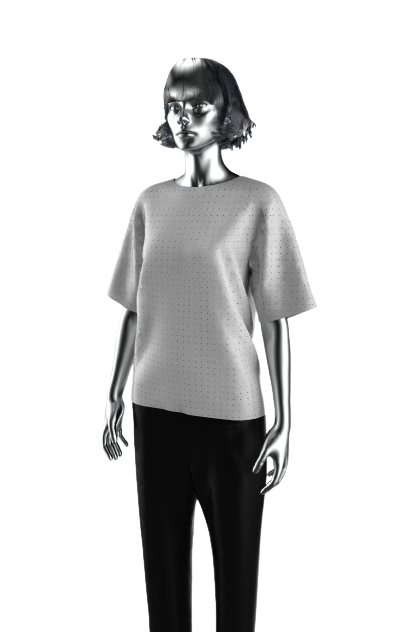
Digital clothing: the new trend in the fashion industry
Thanks to the Covid-19 epidemic, virtual fashion has seen a steady growth since 2020. As a result, a different kind of brands known as virtual brands has emerged in the fashion industry. A brand concept that has the potential to be a game changer for the retail industry, as it offers fashion pieces that only exist in a digital format using computer technologies and 3D software and therefore reducing the challenges of mass production and waste creation.
It is worth noting that the fashion industry produces 10% of global carbon emissions and is the second-largest consumer of the world’s water supply. That’s why digital clothing has the potential to be a sustainable solution to fast fashion since the carbon footprint of producing a digital garment is 95% lower than that of a standard physical garment.
Furthermore, people nowadays want to wear a different outfit every day and share it on their social media platforms. This can be expensive, particularly for designer outfits, and it is not environmentally friendly; hence, virtual clothes may be a new way to buy content for social media channels at a cheaper price compared high-end clothing.
“In the near future, digital-only fashion will be available to be worn, gifted and exchanged on many social occasions, not completely replacing physical clothing, of course, but definitely becoming an integral part of fashion.” Natalia Modenova, Founder of DRESS X.
Digital clothing has not only allowed 3D designers to express their creativity but it has also allowed traditional fashion brands to explore the digital fashion landscape by making a virtual replica of an actual physical cloth. For example, Global sports company PUMA has teamed up with THE FABRICANT to launch a sustainable collection called ‘Day Zero’. Thanks to that, PUMA reduced their water usage by up to 17.4% for this collection.
Also, the legendary “Buffalo London” footwear brand launched on DRESSX a digital edition of the brand’s traditional sneakers. The brand was able to use fire as a graphic element, which would be impossible to do in the physical sneakers.
Actually, the technology used in the digital fashion industry has certain limitations. Until now, digital dressing has relied on staff using 3D modeling tools to suit clothes on customers. AI technology has not yet been developed to fully automate the digital dressing process.
However, one thing is certain: technology will advance quickly allowing a reduction of the costs, and digital clothing will likely become a significant segment of the apparel industry over the next ten years.
Virtual influencers: the new marketing tool
Nowadays, brands are looking for new ways to distinguish themselves from their competitors and interact with their clients. With over 1 billion users worldwide, social media platforms are definitely an innovative way to communicate with the audience. Furthermore, in order to manipulate customers’ buying decisions, businesses employ influencers with a large exposition on social media sites, to assist them in marketing their products. Today, we are talking more about virtual influencers.
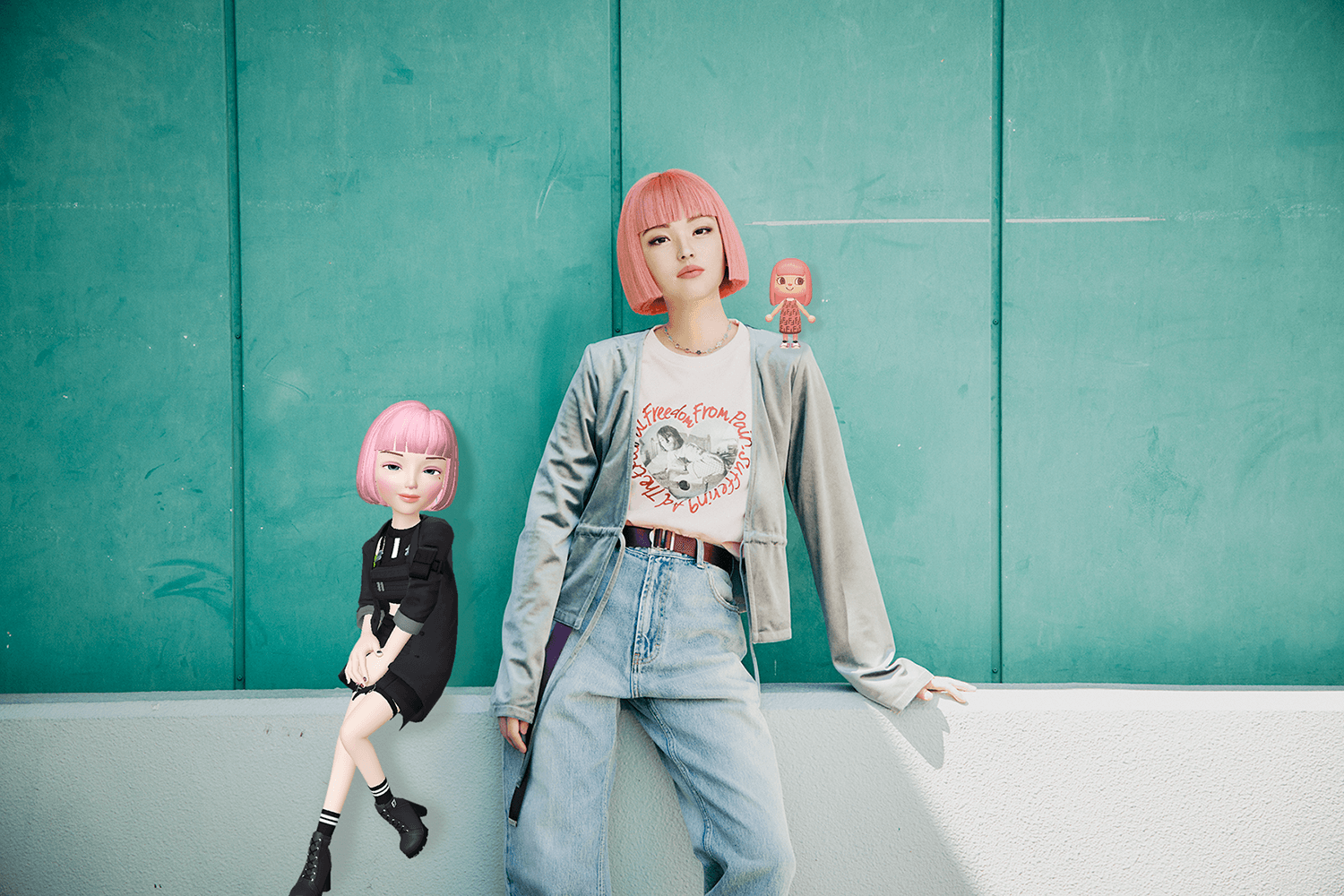
What are virtual influencers?
Virtual influencers are AI-generated ‘people’ with human-like attributes, faces, and personalities, but who are fully managed by a brand. The goal is that this fictive character will act on social media platforms like a real person. A recent report completed by HypeAuditor has revealed that “Virtual Influencers have almost three times more engagement than real influencers. That means that followers are more engaged with virtual influencers content”.
So, the least we can say is that this new type of influencers will enable brands to dip their toes into a futuristic way of marketing. Companies from various industries, especially the fashion industry, will be able to hit a large audience and monitor their collaborations by using virtual influencers.
Some famous virtual influencers:
Lil Miquela, is one of the first virtual robot models to be created. This 19-year-old, half Brazilian and half Spanish virtual influencer has worked with some of the top fashion brands like Prada, Dior and Calvin Klein. It was created by a Los Angeles startup in 2019 and has now over 3 million followers on Instagram.
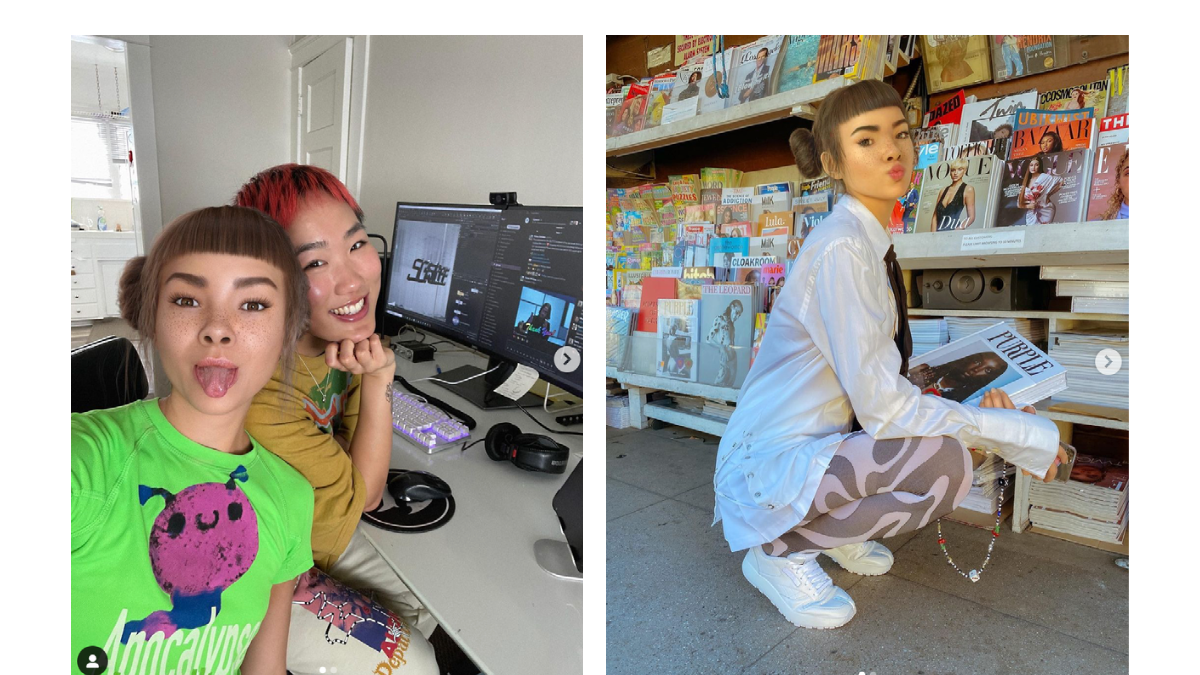
Shudu Gram is considered as the first digital Supermodel with over 200K flowers on Instagram. Shudu is also known for its extremely realistic look which seduced number of brands such as Fenty and Balmain.
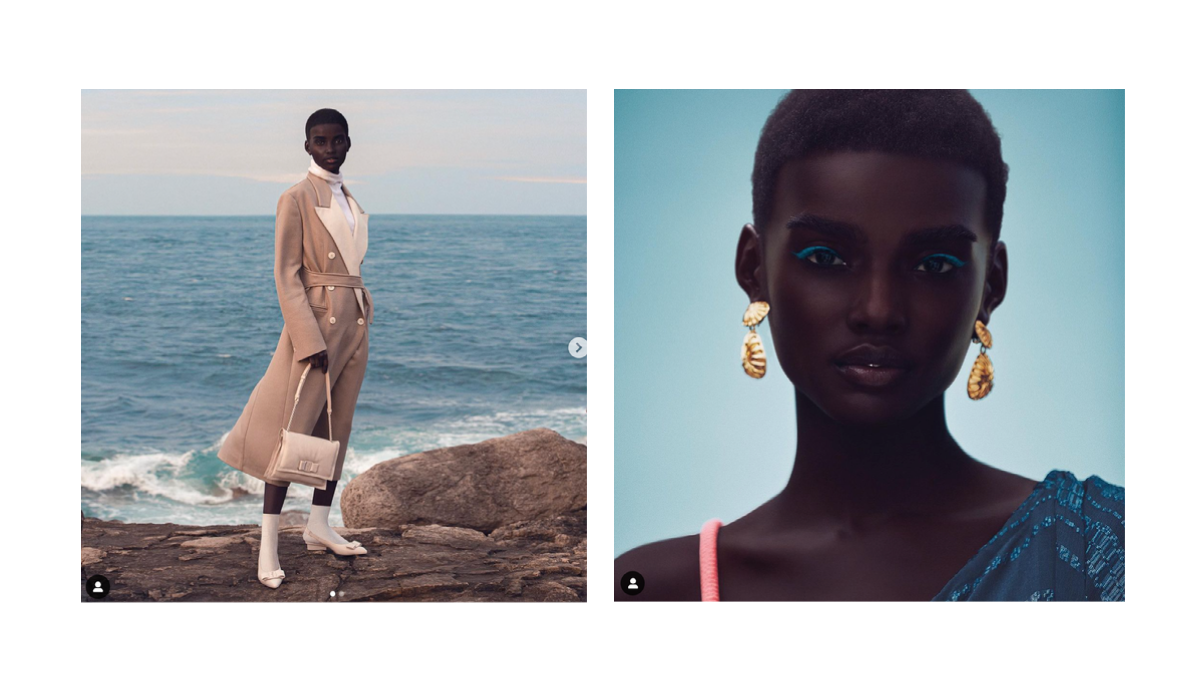
Imma Gram considered as the first Japanese virtual influencer, Imma Gram has over 300K followers on Instagram. Thanks to her original haircut and noticeable fashion, she was featured on the covers of well-known magazines.
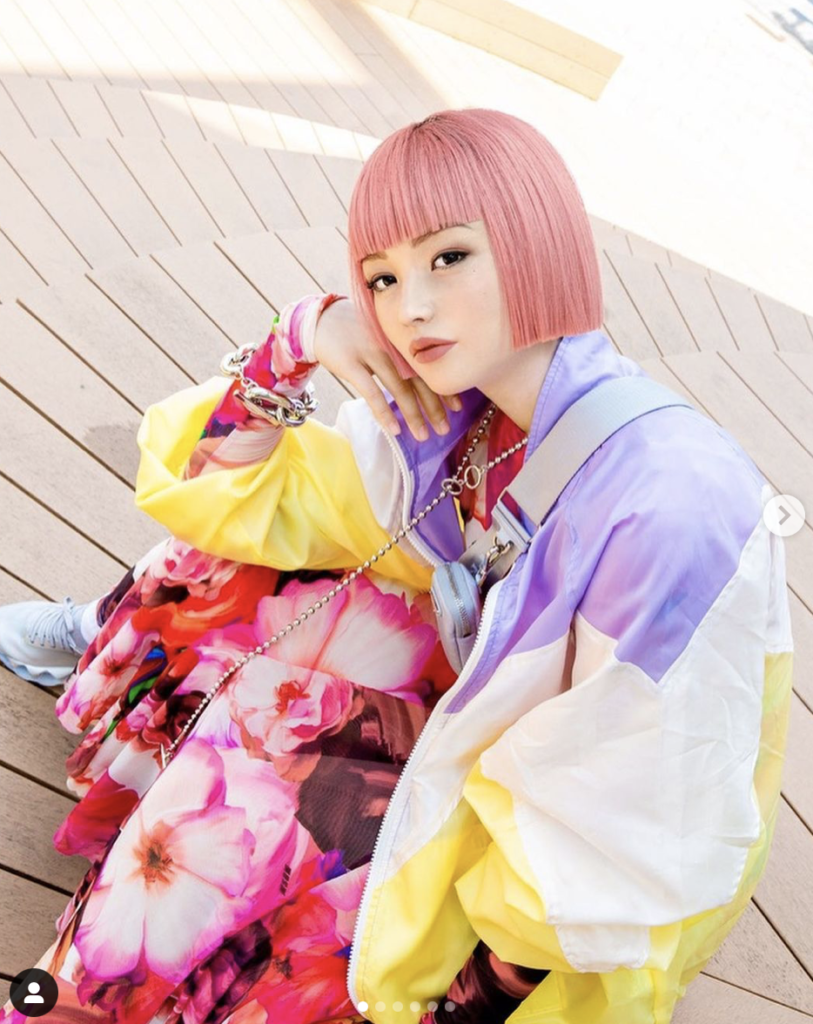
One thing is for sure, virtual influencers are the marketing technique to adopt. It allows companies, especially in the fashion industry, to have flexible and personalized ambassadors. Since there aren’t enough virtual influencers in Europe, Marax wants to establish its own, which brands could use to promote their products.
To see how it will look like, STAY TUNED!
Copyright 2021 Marax. All rights reserved.
Aviso legal.
Privacidad y politicas de cookies.
